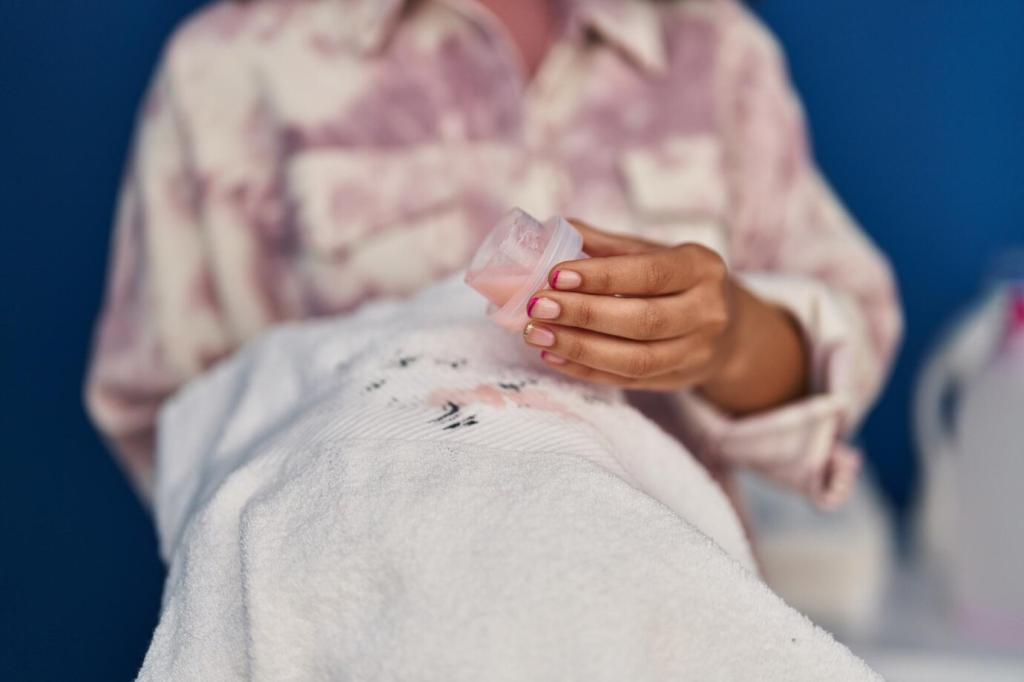Chosen theme: Silk Bedding Storage Solutions. Welcome to your friendly guide for keeping silk sheets, duvet covers, and pillowcases as cloud-soft and luminous as the day you bought them—without stress, guesswork, or costly mistakes.

Why Silk Needs Special Storage
Silk threads are made of long protein molecules that react to friction, moisture, and UV light. Proper storage minimizes stress on the fibers, helping your bedding stay strong, smooth, and beautifully reflective over time.
Why Silk Needs Special Storage
Large swings in humidity and temperature can cause silk to absorb and release moisture unevenly, encouraging creasing, odors, and fiber fatigue. Stable, moderate conditions are your best friend for long-term quality.
Pre-Storage Rituals: Clean, Dry, and Calm
Wash silk bedding with a pH-neutral detergent on a delicate cycle or hand wash. Rinse thoroughly to remove residue, since leftover detergent dulls luster and attracts moisture during storage.
Pre-Storage Rituals: Clean, Dry, and Calm
Air-dry away from direct sunlight until completely dry—no damp corners. Even slight moisture invites mildew and mustiness, which are notoriously difficult to remove without stressing the delicate fabric.
Pre-Storage Rituals: Clean, Dry, and Calm
Allow freshly laundered silk to rest at room temperature before folding. Folding warm or slightly humid fabric traps heat and moisture, increasing the risk of creases, odors, and long-term fiber distortion.
Breathable is Beautiful
Opt for cotton or muslin storage bags, acid-free tissue paper, and archival-quality boxes. These materials allow airflow, reduce friction, and help distribute pressure so folds don’t become permanent lines.
Skip Plastics and Vacuum Bags
Plastic bins and vacuum-sealed bags trap humidity and can imprint stubborn creases. Over-compression flattens silk’s delicate pile, creating stress marks that are difficult to relax later.
Natural Repellents, Not Mothballs
Avoid mothballs, which can leave lingering odors and chemical residue. Cedar and lavender sachets in breathable pouches offer a fresher, gentler way to discourage pests without overwhelming your silk.
Folding, Rolling, and Layering: A Practical Method
01
Tissue Between Layers
Place sheets and duvet covers flat, then interleave acid-free tissue along folds. The tissue cushions pressure points, discouraging deep fold lines and preserving the fabric’s elegant drape.
02
Rolling for Smaller Pieces
For pillowcases and smaller items, roll loosely around a tissue core. Rolling spreads pressure evenly and avoids sharp corners, making it easier to refresh the item later with minimal steaming.
03
Rotate the Fold Lines
If storing for a long time, refold pieces along different lines every few months. This simple habit prevents permanent creases and keeps the fabric supple and responsive to movement.
Climate and Placement: The Ideal Silk Sanctuary
Humidity and Temperature Targets
Keep humidity roughly between 45% and 55%, with cool to moderate temperatures. A small dehumidifier or silica gel packets in the same space can help stabilize the microclimate around your bedding.
Darkness Preserves Color
Store silk away from windows and UV exposure. Even indirect sunlight slowly fades dyes. A dark shelf or closet protects saturation, subtle tones, and the shimmering sheen silk is known for.
Airflow and Breathing Room
Avoid overstuffed shelves. Give each bundle space so air can move and fabric won’t compress. Place storage boxes slightly off the floor to reduce dust and potential moisture from baseboards.

Seasonal Rotation and a Simple Closet System
Label and Log
Use soft tags or note cards to label each set, including the date stored. A quick log helps you track rotations, care steps taken, and any spots to monitor at the next check.
Quarterly Check-Ins
Every few months, open boxes, refold differently, and quickly air items on a padded hanger. This five-minute ritual prevents stubborn creases and catches minor issues before they escalate.
Community Tip Swap
Share your rotation routine in the comments and subscribe for new silk care ideas. Reader-sourced tricks—like color-coding tissue layers—often become the small habits that make a big difference.
Relaxing Creases Safely
Hang the item in a steamy bathroom or use a garment steamer on the lowest setting with a pressing cloth. Patience works better than heat; slow moisture helps fibers return to their natural flow.
Chasing Away Musty Notes
Air pieces flat in a shaded, breezy spot. Slip in a fresh sachet of lavender or cedar nearby, not touching the fabric. If needed, a short, gentle wash refreshes without stripping luster.
Snags and Pulls
Do not cut a pulled thread. Use a fine needle to coax it back to the fabric’s underside with minimal pressure. A little care restores smoothness and protects the weave’s integrity.

Join our mailing list
